Remember when we thought bigger was better, especially when it came to hair? The 1980s were a time of excess in everything from shoulder pads to stock portfolios, but nothing quite exemplifies the decade like its gravity-defying, chemically-enhanced hairstyles. We spent hours with our hairspray, mousse, and crimping irons, convinced we were the height of fashion, only to look back now with a mixture of nostalgia and “what was I thinking?” Let’s take a stroll down memory lane and revisit some of the most outrageous hair trends that even today’s most adventurous stylists are afraid to resurrect.
1. The Mullet
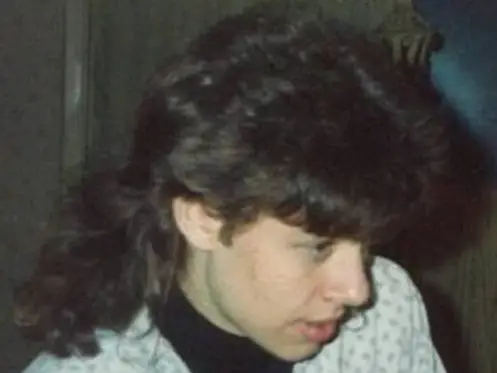
Business in the front, party in the back – the mullet embodied the split personality of corporate America meeting rock ‘n’ roll rebellion. Stars like Billy Ray Cyrus and Patrick Swayze made this style iconic, while countless high school yearbooks across America captured the mullet in its natural habitat. What started as a practical style for those who needed short hair up front for work but wanted to maintain their rebel spirit with long locks in the back became a cultural phenomenon that now serves as a punchline. As noted by History, though, its usage can be traced far beyond the 1980s as a longtime staple among rebels.
Despite occasional rumors of a comeback, the true mullet remains firmly in the ’80s, a relic of a time when we didn’t know any better. Modern “mullet-inspired” cuts bear little resemblance to the gloriously awful originals, which featured dramatic differences in length and often alarming volume. Even those who sported this style with pride back then tend to hide their old photos, evidence that some fashion choices are best left in the past.
2. The Permed Poodle
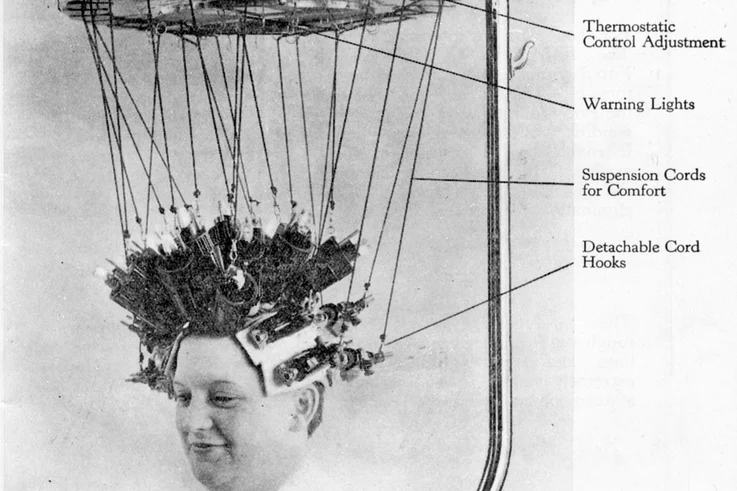
Nothing says “I spent four hours at the salon” quite like the tightly curled perm that transformed straight hair into a poodle-like pouf of unmanageable ringlets. Women and men alike subjected their hair to harsh chemicals and hours with their heads wrapped in tiny rollers, all to achieve the “natural” curly look that was anything but natural. The resulting style required daily maintenance with special shampoos, conditioners, and enough hairspray to single-handedly damage the ozone layer. For anyone who is eager to bring the perm back, WebMD has some points to take into consideration about perms.
As the perm grew out, the awkward half-straight, half-curly phase made many question their life choices. The damage caused by perming left many with dry, brittle hair that broke off at alarming rates, requiring even more processing to repair. Today’s stylists offer “beach waves” and gentle curls instead, wisely avoiding the tight, chemical-laden poodle perms that left an entire generation with hair horror stories.
3. The Feathered Wall of Bangs
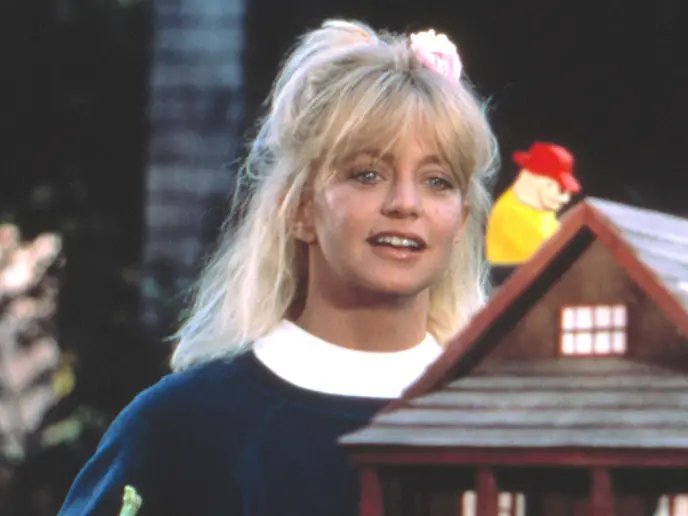
The feathered bang wall stood tall (literally) as the crown jewel of many ’80s hairstyles, particularly among high school and college students. Achieving this look required growing out your bangs, then training them to stand straight up using a round brush, blow dryer, and enough hairspray to make them impervious to hurricane-force winds. The height of these bangs often reached impressive proportions, with some enthusiasts achieving 3-4 inches of vertical lift. Odele Beauty explores the remarkably sprawling history behind bangs as a fashion statement.
The maintenance for this style was nothing short of arduous, with many devotees sleeping carefully to preserve their work or waking up extra early to rebuild their bang fortresses. Those who lived through this era remember the telltale bathroom signs of a feathered bang aficionado: hairspray residue on mirrors, ceilings, and light fixtures. Modern stylists have mercifully left this trend in the dust, opting for more natural, manageable bang styles that don’t require their own zip code.
4. The Asymmetrical Cut
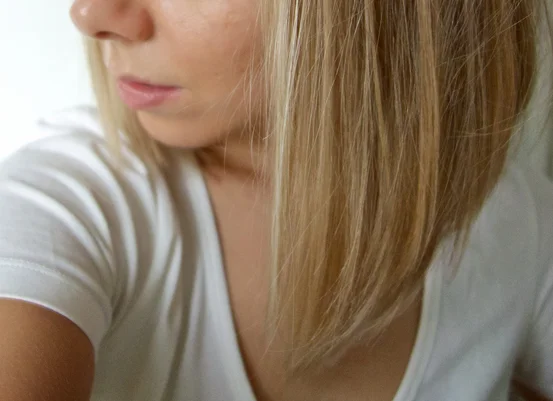
The asymmetrical cut was the hallmark of ’80s new wave and punk fashion, featuring dramatically different lengths on either side of the head. Pop stars like Cyndi Lauper helped popularize this decidedly unbalanced look, which often paired shaved sections with longer, often colorful strands. This bold style made a statement about rejecting conventional beauty standards and embracing artistic expression through personal appearance.
Creating and maintaining this look required regular salon visits to keep the contrast sharp and the angles precise. Those who attempted DIY versions often ended up with something less “avant-garde fashion statement” and more “unfortunate kitchen scissors incident.” While modern asymmetrical cuts exist, they’re typically subtle and blended, bearing little resemblance to the dramatic ’80s versions that looked like two completely different haircuts having an argument on one head.
5. The Jheri Curl
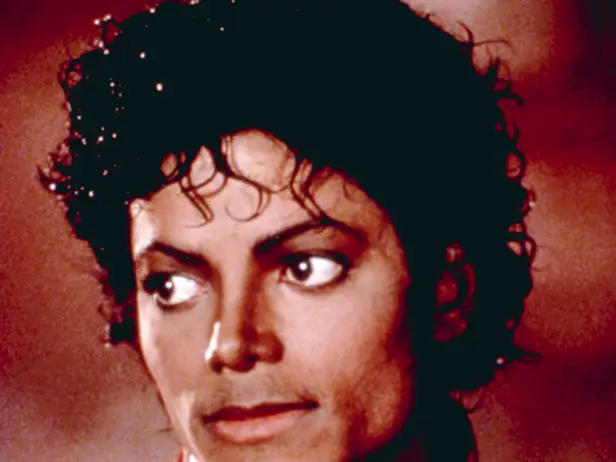
The Jheri curl, popularized by Michael Jackson and other music icons, was a chemically processed style that transformed tight curls into loose, glossy ringlets. This high-maintenance look required daily application of special moisturizing products that left a slick residue on everything from clothing to furniture to car headrests. The cost of maintaining this style was astronomical, with specialized products eating into budgets while simultaneously eating away at fabrics.
The shiny, wet appearance was the hallmark of the Jheri curl, leading to countless embarrassing moments when the activator would drip down necks and faces. Anyone who lived through this era remembers the plastic covers on grandma’s couch to protect it from curl activator, and the permanent stains on car seats and pillowcases. Modern curl-enhancing products focus on natural moisture and definition without the perpetually wet look that made the Jheri curl so distinctive and, ultimately, impractical.
6. The Rat Tail
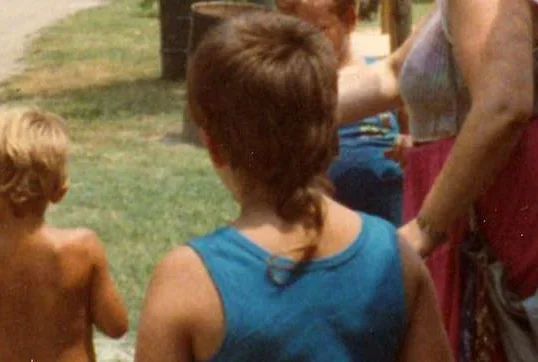
Perhaps no ’80s hairstyle has aged more poorly than the rat tail – that thin, lonely strand of hair hanging down the back of an otherwise normal haircut. This peculiar style transcended age, gender, and social boundaries, appearing on children and adults alike, often accompanied by otherwise conservative haircuts. The contrast between the respectable main haircut and the rebellious tail made this style particularly popular among those wanting to express individuality while still maintaining some semblance of conformity.
Rat tails ranged from short and subtle to impressively long, with some enthusiasts growing their tails long enough to braid or wrap with colorful thread. Particularly committed rat tail wearers would protect their prized appendage during haircuts with the same fierce devotion parents show toward their children. Despite occasional ironic attempts, the rat tail remains firmly in the ’80s pantheon of hair disasters, too universally mocked to make a serious comeback.
7. The Crimp

Crimped hair, achieved with special heated irons that created a zigzag pattern, was the texture of choice for many ’80s fashion-forward individuals. The process was time-consuming, with each section of hair needing to be pressed between the hot plates of a crimping iron, resulting in a distinctive accordion-like appearance. Popularized by pop stars and fashion magazines, crimped hair was often paired with other ’80s excesses like neon accessories and shoulder pads.
The damage caused by crimping was substantial, with the high heat breaking down hair structures and leaving many with fried, damaged locks. The style also required enormous amounts of hairspray to maintain its shape, creating a stiff, immovable mass that was nearly impossible to run fingers through. While modern tools occasionally create gentler versions for special occasions, the all-over crimp remains firmly in the past, a testament to our willingness to sacrifice hair health for fashion.
8. The Side Ponytail

The side ponytail defied gravity and common sense, with hair gathered high on one side of the head and secured with scrunchies or colorful elastics. This youthful, asymmetrical style was especially popular among teens and young adults, often paired with oversized sweaters and leggings. The higher and more dramatic the side ponytail, the more fashion points were awarded, leading to some truly impressive architectural achievements.
What made this style particularly regrettable was how it transformed ordinary movements into hair-whipping events, with ponytail wearers inadvertently striking nearby friends and strangers. The strain on the scalp from having all hair pulled to one side often resulted in headaches and tension that wearers stoically endured in the name of fashion. Modern ponytails have mercifully migrated to more central, ergonomic positions on the head, sparing a new generation from the pain and social awkwardness of their off-center predecessors.
9. The Bi-Level (The “Step Cut”)
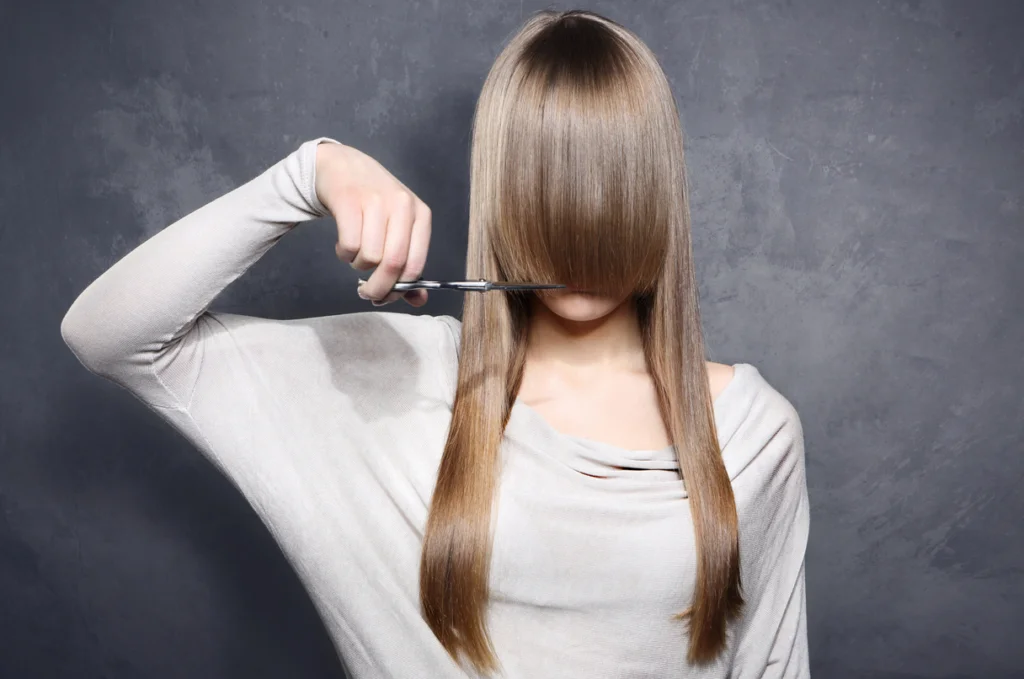
The bi-level cut, sometimes called the “step cut,” featured dramatically different lengths between the top and bottom layers of hair. This style created a shelf-like effect around the entire head, as if the stylist had placed a bowl on the client’s head, cut around it, and then cut the remaining hair much shorter. Popular among both men and women, this style often accompanied power suits and other symbols of ’80s success.
The growing-out phase of this haircut was particularly painful, with the different lengths creating an awkward, shaggy appearance that couldn’t be disguised without hats or scarves. Many who sported this style found themselves trapped in a cycle of maintaining it simply because the alternative—growing it out—was too aesthetically challenging to face. Modern layered cuts incorporate subtle blending techniques that create movement without the harsh, geometric lines that made the bi-level so distinctive and, ultimately, dated.
10. The Mall Bangs
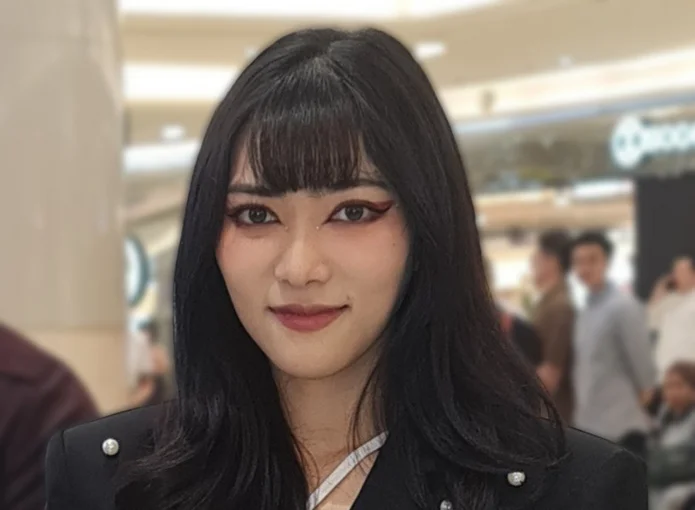
Mall bangs—those teased, sprayed, and curled front sections that stood several inches above the forehead—were a suburban status symbol among teenagers. Achieving this look required a specific technique: backcombing the roots, curling the ends backward, and applying enough hairspray to preserve the style through nuclear winter. The taller the bangs, the more impressive the commitment to fashion, leading to competitions of height and durability among friend groups.
These architectural wonders often took 20-30 minutes to construct each morning, making early school start times particularly challenging for devoted mall bang enthusiasts. The environmental impact of the hairspray used to maintain these structures likely contributed significantly to the growing hole in the ozone layer, making mall bangs not just a fashion mistake but potentially an ecological one as well. Modern bangs lay flat against the forehead, a humble acknowledgment that hair should not reach for the stars.
11. The Flock of Seagulls Sweep
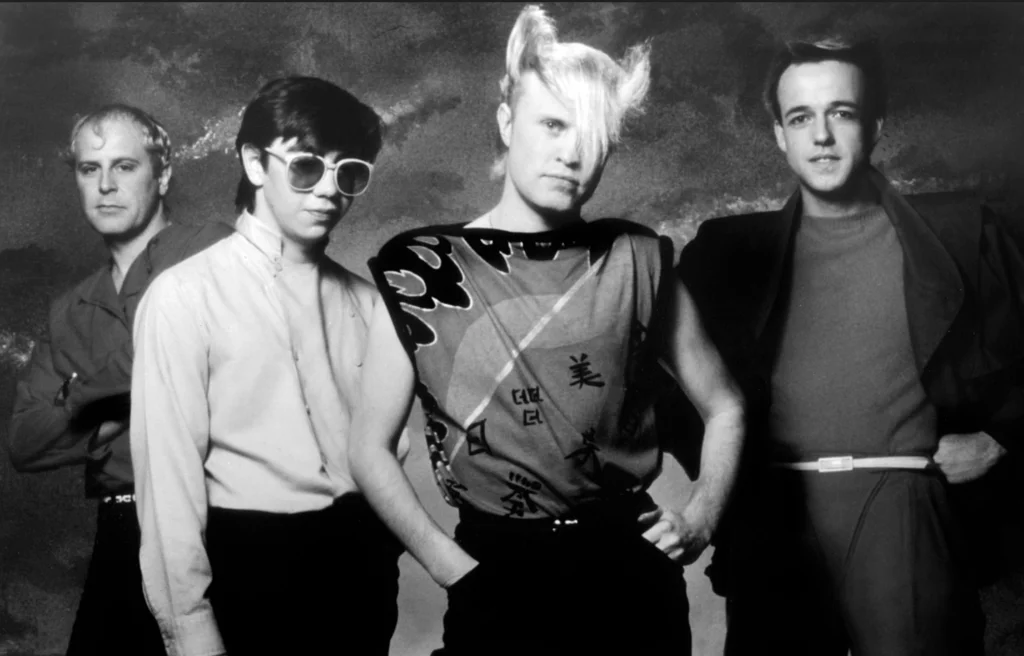
Named after the band that popularized it, this style featured hair swept dramatically to one side, creating a wing-like formation that defied gravity and reason. The distinctive swooping front section required precision cutting and styling, using blow dryers to create volume and direction. This look became synonymous with new wave music and futuristic fashion, despite resembling something that had experienced an unfortunate wind tunnel accident.
Maintaining this style required daily restyling and enough product to keep a beauty supply store in business. Those who embraced this trend often found themselves tilting their heads to compensate for the weight of the swept hair, leading to neck strain and an awkward posture that screamed “I care more about my hair than my spinal alignment.” While occasionally referenced in modern fashion, the true Flock of Seagulls sweep remains safely in the past, a reminder that sometimes inspiration should not be taken quite so literally.
12. The Spiral Perm
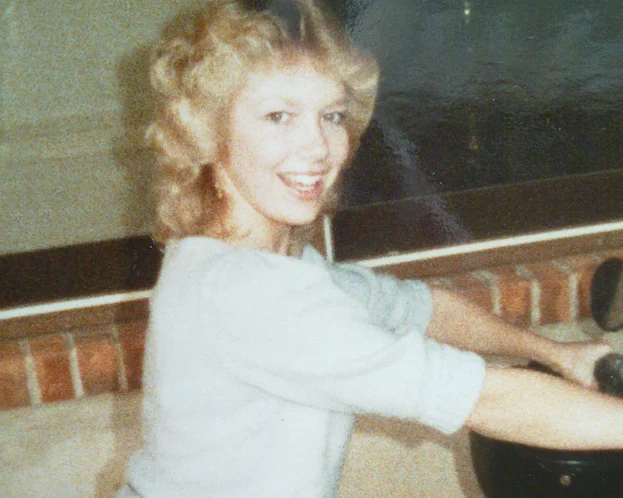
The spiral perm took the regular perm to new extremes, using long, pencil-thin rods to create tight, corkscrew curls from top to bottom. This time-consuming process often took 4-6 hours in the salon, with specialized chemicals creating a permanent curl pattern that wouldn’t wash out. The resulting look was dramatic and voluminous, with curls bouncing and springing with every movement.
What made this style particularly regrettable was its unforgiving nature—once the chemicals had done their work, there was no going back except to grow it out or cut it off. Many spiral perm enthusiasts found themselves with hair that couldn’t be brushed, styled, or even touched without disrupting the fragile curl pattern. While modern curling techniques focus on enhancing natural texture, the artificial, uniform spirals of the ’80s perm remain a cautionary tale of chemical processing gone too far.
13. The Mushroom Cut
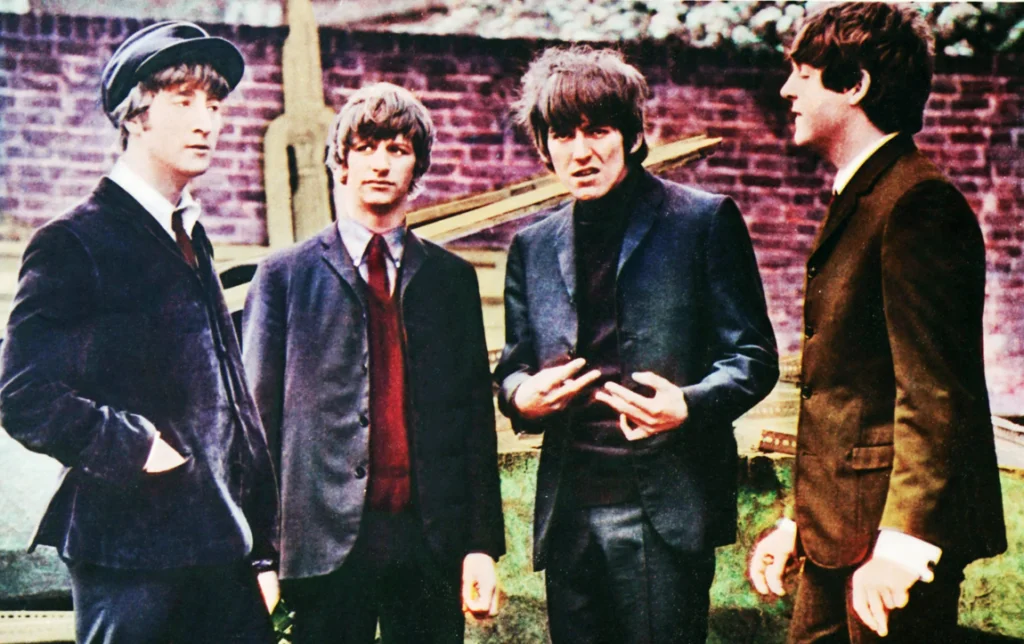
The mushroom cut, aptly named for its resemblance to the fungus, featured a rounded shape with the hair longer around the edges and shorter on top. This bowl-like style was particularly popular among young men and boys, creating a helmet-like appearance that parents found practical and low-maintenance. What seemed like a sensible, easy-care option at the time has since become one of the most mocked hairstyles in yearbook photos.
The rigidity of this style meant that any growth quickly distorted the carefully crafted shape, requiring frequent trims to maintain the distinctive mushroom silhouette. Those who sported this look often found that humidity was their nemesis, causing the carefully shaped dome to collapse or frizz in unpredictable ways. Modern barbers have mercifully evolved beyond this style, offering more flattering cuts that work with, rather than against, natural hair growth patterns and facial features.
Looking back at these hair disasters, it’s easy to laugh at our former selves and the trends we embraced with such enthusiasm. But perhaps there’s something admirable about an era when we weren’t afraid to go big, take risks, and express ourselves through our hair—even if those expressions now make us cringe. These styles, while firmly relegated to the fashion graveyard, serve as time capsules of an era when authenticity was measured in hairspray cans and diffuser attachments. And who knows? Maybe in another 40 years, we’ll look back at today’s “natural” styles with the same bemused affection.


